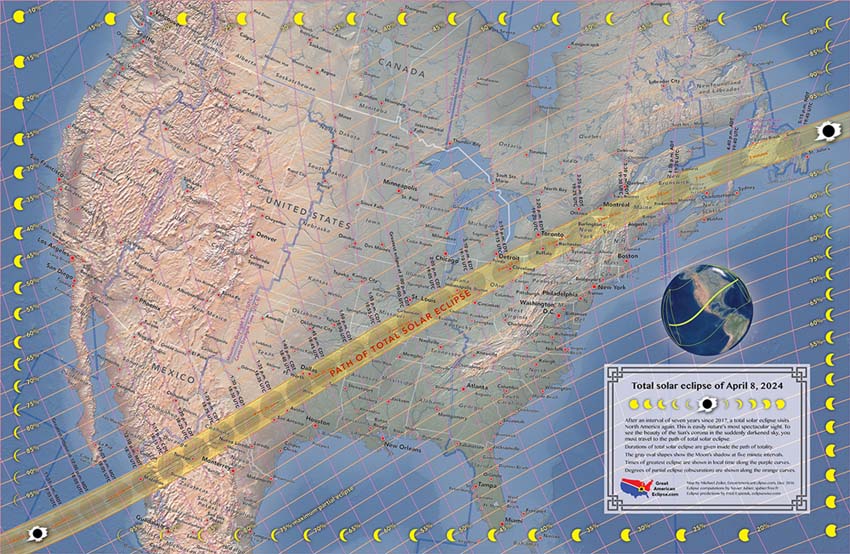In the little white light refractor telescope you could see a completely different view with lots of small sunspots sprinkled across the solar surface. Sunspot AR 3727 & AR 3719 that are at opposite sides of the Sun look like twins as they are the same size and shape as one another…. quite surprising to see two sunspots that look so alike!
The white light image was taken with Orion 80mm refractor telescope with glass solar filter attached and a Canon 700D camera plus 2x Barlow lens. The Ha images were taken with a Lunt 60mm solar telescope and a Canon 700D camera with a 2x Barlow lens.






































 RSS Feed
RSS Feed
